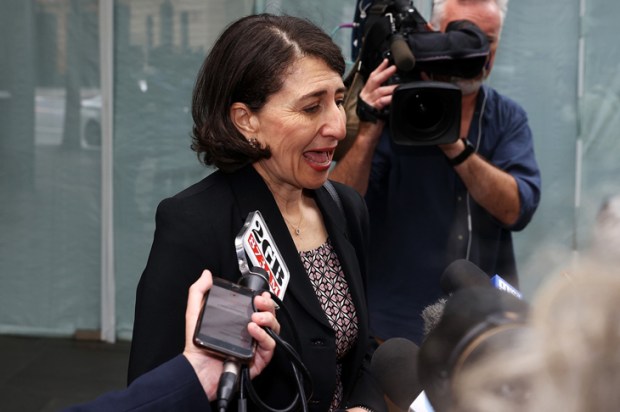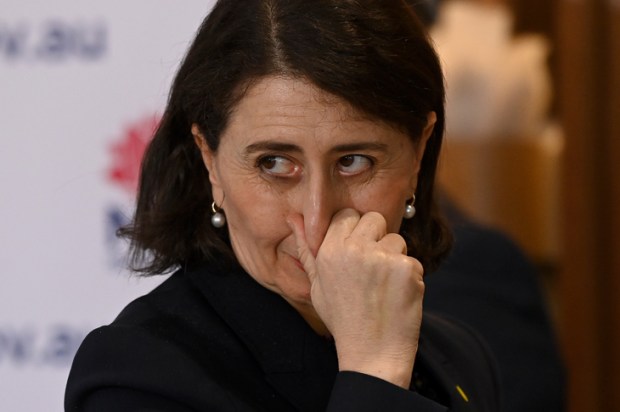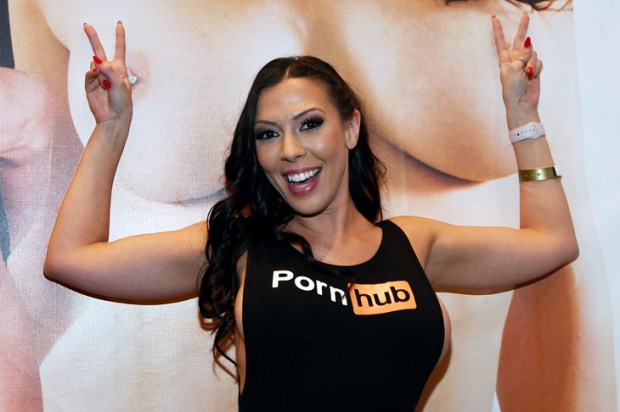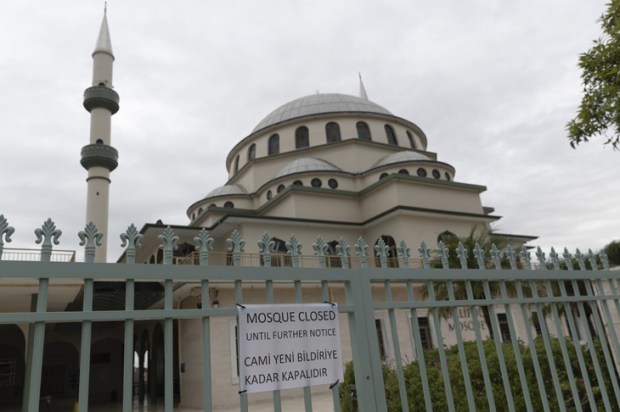The timbre in his voice was on the shrill side of excitable. Nothing thrilled this young Labor hopeful more than the promise of branch stacking supremacy. That’s why Carl Scully, the future member for Smithfield and senior minister in the Carr and Iemma governments, was so enamoured with Anwar Khoshaba in the late 1980s. ‘Anwar is fantastic, it’s like he has an unlimited number of Assyrians to bring into the branches,’ Scully reported to me, a fellow up-and-comer in the NSW right. ‘As long as he’s around we will always have the numbers.’
And we did. The socialist left faction retreated from the Fairfield and Smithfield districts of Western Sydney, its preselection candidates crushed by Scully, Joe Tripodi, Chris Bowen and the recruitment power of the Khoshaba clan. The Liberal party was seen as superfluous. It posed no threat to Labor’s electoral dominance — that is, not until 2007 when Anwar’s son Ninos was selected for a parliamentary seat.
Dynasties are not uncommon in the ALP, think of the Beazleys, McClellands, McLeays and so on. The Khoshabas, however, were a new phenomenon, the first ethnic branch stacking dynasty. In 1991 Anwar was elected as a Labor representative on Fairfield City Council and subsequently became mayor. When he stood down in 2004, Ninos filled his spot. Three years later, as a further reward for father and son’s stacking prowess, Ninos was chosen to succeed Scully as the MLA for Smithfield.
One of the difficulties with post-election analysis is the tendency for generalisation. It is helpful, however, to drill below the aggregated party votes and issues, assessing the impact of political culture on individual seats. This empirical approach is essential to understanding the ALP’s electoral devastation in NSW. The seat of Smithfield is a microcosm for the sickness inside the Labor movement.
The party’s right-wing powerbrokers assumed the seat could never be lost at a general election. The hearty working-class souls of Smithfield, in effect, were irrelevant. The only thing that mattered in selecting the local MP was the numbers inside Labor’s branches, hence the glorification of Anwar and Ninos Khoshaba.
The qualifications needed for effective branch stacking, however, are meaningless in the broader electorate. Khoshaba the Younger lacked the policy and advocacy skills required for success in parliament. People saw him as mediocre, a judgment confirmed by his electorate on polling day.
In 2003, with Scully as its candidate, Labor recorded a two-party-preferred vote of 75.9 per cent in Smithfield, making it one of the safest seats in the state. In 2007, under Khoshaba’s candidacy, this figure fell to 65.5 per cent. Last month the ALP’s vote was 45.2 per cent, conceding the seat to the Liberals by a 4.8 per cent margin.
In just four years, the swing against Ninos Khoshaba was 30.7 per cent. That is, two in every five voters in Smithfield who preferred Scully as their MP now prefer the Liberal party, a ground-trembling outcome for Labor. The insular, arrogant culture that focussed solely on branch numbers has destroyed the party’s democratic standing in the district.
Scully, Tripodi and Khoshaba have now left parliament. The last survivor of this Labor rotten borough is Bowen, serving, somewhat ironically, as Julia Gillard’s Minister for Immigration. Earlier this year Bowen spoke gushingly of the ‘genius of Australian multiculturalism’, striving to revive the dead bones of a discredited policy.
Unsurprisingly, he made no mention of Labor’s relationship with the Assyrian community in Fairfield, using it as cannon fodder in branch stacking battles. They were useful for multi preselection numbers but not much else. The next time the minister speaks of the significance of multiculturalism, remember that one of his first decisions on being elected to the House in 2004 was to employ Ninos Khoshaba as his electorate officer. The genius, so-called, is in the stacking of Labor party branches, not the respectful treatment of Australia’s ethnic minorities.
Several years ago Mark Arbib’s antennae were alerted to the chatter in one of Labor’s focus groups, his sole point of reference for political intelligence. Apparently people had grown weary of Labor’s apparatchik class, the selection of staffers and trade union officials as parliamentary candidates. Arbib thereupon developed a new preselection model for marginal seats: candidates with ‘tradie’ credentials. They didn’t need to live in the electorate or be known in the community. They just needed a non-staffer blue-collar CV.
The prototype for this approach was Nick Bleasdale, a carpenter, who has now lost three elections in a row: in the federal seat of Macarthur in 2007 and 2010 and the state seat of Campbelltown in 2011. Instead of branch stackers and out-of-town tradies, Labor might now pursue a novel idea, selecting candidates skilled in the development and advocacy of public policy. Hopefully the focus groups will give it their approval.
The repercussions from the NSW election and the diminished authority of the NSW right are being felt in Canberra. When one of the faction’s acolytes, Karl Bitar, stood down as the ALP’s National Secretary it was expected that a NSW right nominee would replace him. The former Gillard and Bob Carr staffer, Amanda Lampe, was selected but then vetoed by the head of the Shoppies union, the ultra-conservative Joe de Bruyn.
Joe, who takes both his ideology and speaking style from the godfather of the Groupers, B.A. Santamaria, advanced some flimsy ‘political’ reasons for opposing Lampe. Many in the party, however, suspect a different motive, given Lampe’s well-publicised lesbianism. As Gough Whitlam said of De Bruyn, ‘He’s a Dutchman who doesn’t like dykes.’
The post Latham’s Law appeared first on The Spectator.
Got something to add? Join the discussion and comment below.
Get 10 issues for just $10
Subscribe to The Spectator Australia today for the next 10 magazine issues, plus full online access, for just $10.














Comments
Don't miss out
Join the conversation with other Spectator Australia readers. Subscribe to leave a comment.
SUBSCRIBEAlready a subscriber? Log in